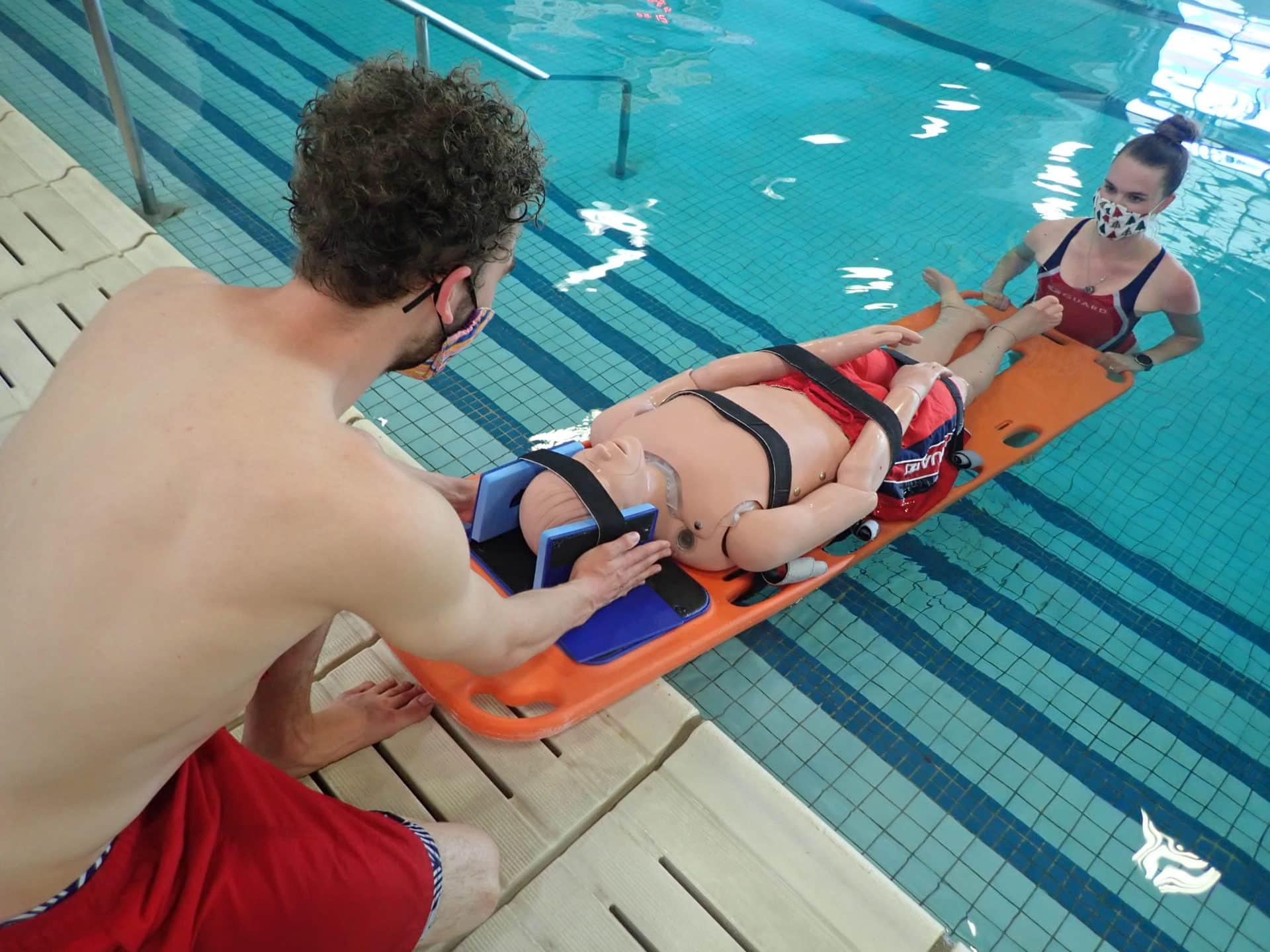Lifeguard onsite training is a convenient and effective way to ensure aquatic facilities have qualified professionals ready to respond to emergencies. Instead of sending staff to an off-site location, certified instructors bring the training program directly to your pool, waterpark, or recreation center. This approach saves time, reduces scheduling conflicts, and ensures that lifeguards train in the exact environment where they will be working.
What Is Lifeguard Onsite Training?
Lifeguard onsite training allows organizations to host lifeguard certification courses at their own facilities. Certified trainers travel to the location with all necessary materials, including manikins, training equipment, and testing requirements. Participants complete the same nationally recognized curriculum offered in traditional classes but with the added benefit of practicing in their actual work environment.
Why Choose Onsite Lifeguard Training?
1. Familiarity with the Facility
Lifeguards train in the pool, waterpark, or waterfront they will later supervise. This gives them firsthand experience with:
-
Depths, layout, and visibility.
-
Entry and exit points for rescues.
-
Unique facility hazards such as slides, diving boards, or currents.
2. Convenience for Employers
Onsite training eliminates the need for employees to travel offsite, reducing scheduling conflicts and downtime. Facilities can train multiple staff members at once, ensuring the entire team is certified together.
3. Cost-Effective
Hosting an onsite lifeguard course often reduces overall expenses by minimizing travel costs, hotel stays, and lost work hours.
4. Team-Building
Lifeguards train together, building trust and communication skills that are essential during real-life emergencies.
What Lifeguards Learn During Onsite Training
Onsite training covers the same curriculum as standard lifeguard certification but with added customization for your facility’s needs.
Key Components Include:
-
Rescue Techniques: Approaches, carries, and victim extrication methods.
-
CPR and First Aid Training: Life-saving care for cardiac, respiratory, and injury emergencies.
-
AED Certification: Proper use of defibrillators during sudden cardiac arrest.
-
Surveillance and Prevention: Identifying swimmers in distress and stopping accidents before they happen.
-
Spinal Injury Management: Special procedures for handling neck, back, and head injuries.
-
Emergency Action Plans (EAPs): Practicing coordinated responses in the facility’s unique layout.
Course Duration and Structure
A typical lifeguard onsite training course takes 25–30 hours, including classroom learning, video instruction, and in-water practice.
-
Day 1: Classroom sessions, CPR, AED, and First Aid basics.
-
Day 2–3: In-water skills, surveillance, and victim rescues.
-
Final Session: Written test and hands-on performance evaluation.
Who Benefits from Lifeguard Onsite Training?
Aquatic Facilities
Pools, waterparks, resorts, and fitness centers can certify multiple employees at once without disruption to daily operations.
Schools and Universities
Colleges with aquatic centers often host onsite lifeguard certification to keep their student staff trained and prepared.
Camps and Recreation Programs
Seasonal staff can receive training onsite before the start of summer programs.
Municipalities
Community pools and recreation departments save resources by certifying groups of lifeguards at their own facilities.
FAQs About Lifeguard Onsite Training
Q1: Is the certification the same as standard lifeguard training?
Yes. Onsite courses follow the same nationally recognized standards as traditional classes.
Q2: How many participants are required?
Most providers require a minimum group size, but courses can often be customized for smaller or larger groups.
Q3: Do I need to provide equipment?
No. Instructors typically bring all necessary training equipment, though some facilities may use their own AEDs and rescue gear for practice.
Q4: How long is certification valid?
Most lifeguard certifications are valid for two years, after which a renewal or review course is required.
Enroll in Lifeguard Onsite Training Today
If you want a flexible, convenient, and effective way to certify your staff, lifeguard onsite training is the best solution. American Lifeguard Training offers professional onsite programs tailored to your facility, ensuring lifeguards are prepared to act in the exact environment they’ll be working in.
Conclusion
Lifeguard onsite training combines the expertise of certified instructors with the convenience of local training. By practicing in the actual facility, lifeguards gain familiarity, confidence, and teamwork skills that directly translate into stronger safety outcomes. Whether you manage a pool, waterpark, or waterfront, onsite training is the most efficient way to certify and prepare your team for emergencies.



